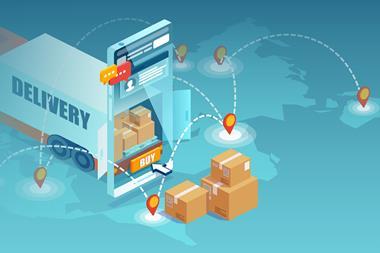It has virtualised key business applications with Citrix XenServer running on HP blade servers, and increased the capacity of its Real Time Sales system by 75 per cent.
Tesco has turned to virtualisation as an alternative to adding more physical servers to handle its growing computing demands as well as to reduce carbon emission levels. While adding physical servers would require an increase in power and cooling, virtualisation will help Tesco to hit its target of reducing carbon emissions from its UK datacentres by 20 per cent.
Tesco is now continuing with the project to virtualise 1,500 servers using the Citrix technology. This is designed to deliver greater efficiencies to the way applications are delivered to each Tesco store.
Tesco is aiming for a conservative 10:1 consolidation ratio for physical to virtual servers and is hitting 70 per cent CPU utilisation on the servers, versus the previous 6 per cent.
Tesco IT director Nick Folkes said: “The virtualised RTS environment uses less than half of the energy of the physical bare metal equivalents, which supports our CO2 targets and means we have already saved a significant amount on our electricity bills. We’re running far more efficiently and the ongoing management of the environment is much simpler. While our primary goal in working with Citrix and HP was to create a more flexible IT infrastructure, the consolidation benefits are significant.”
























No comments yet